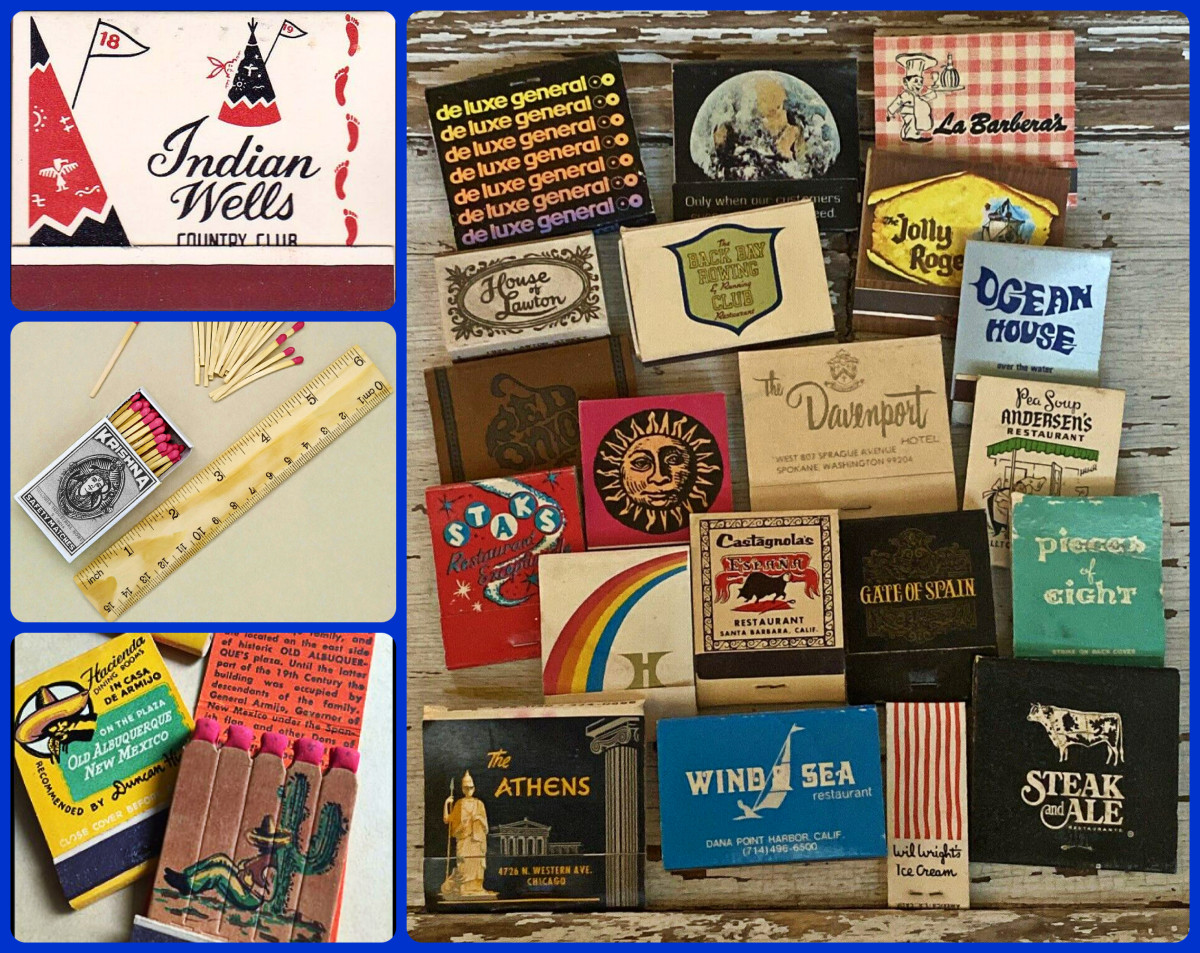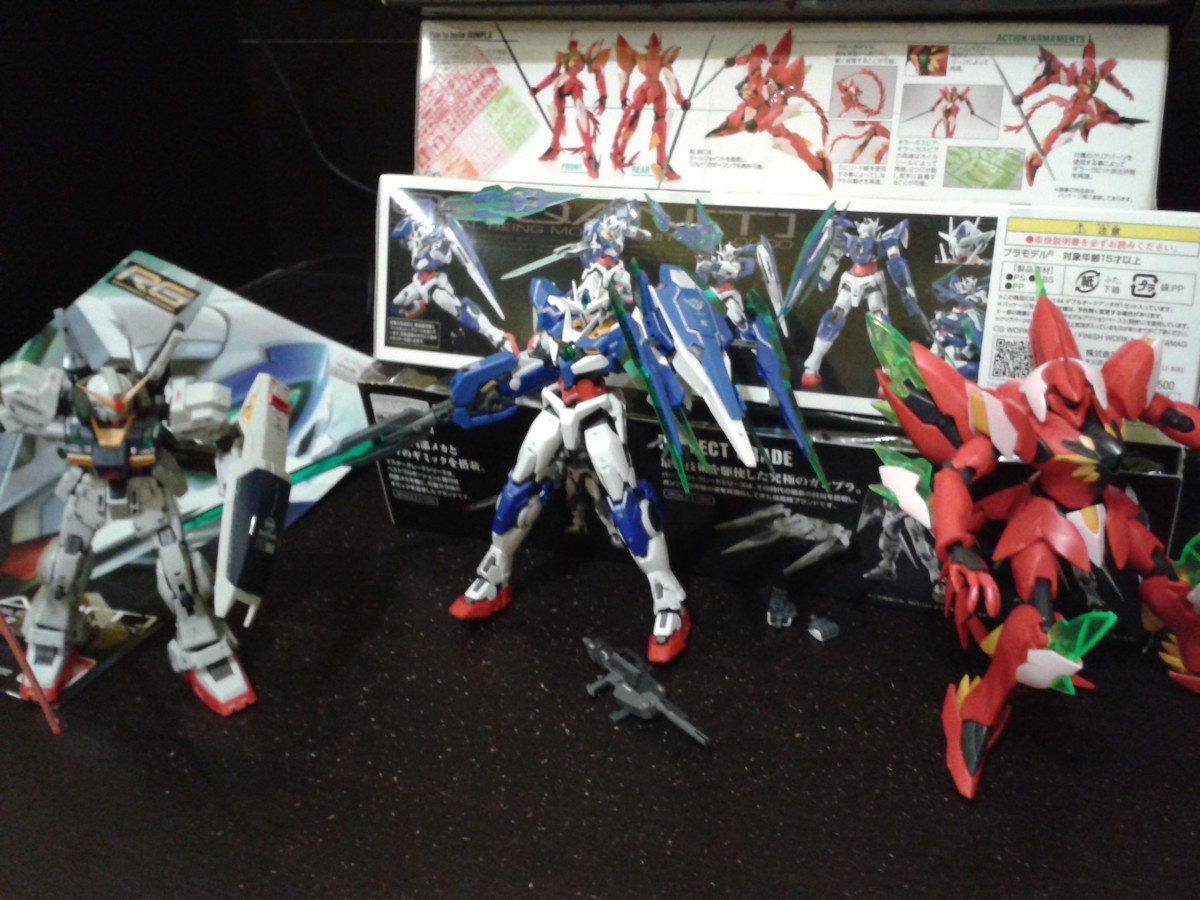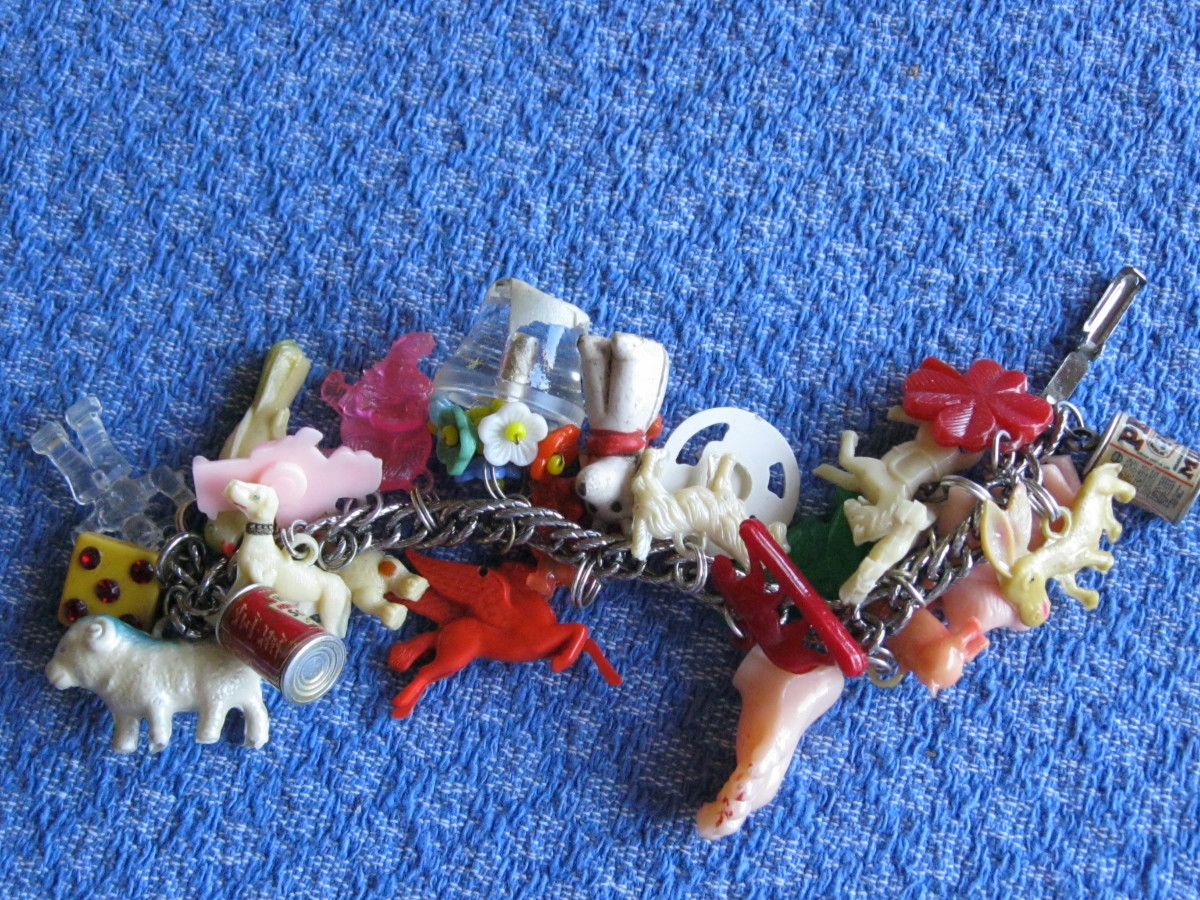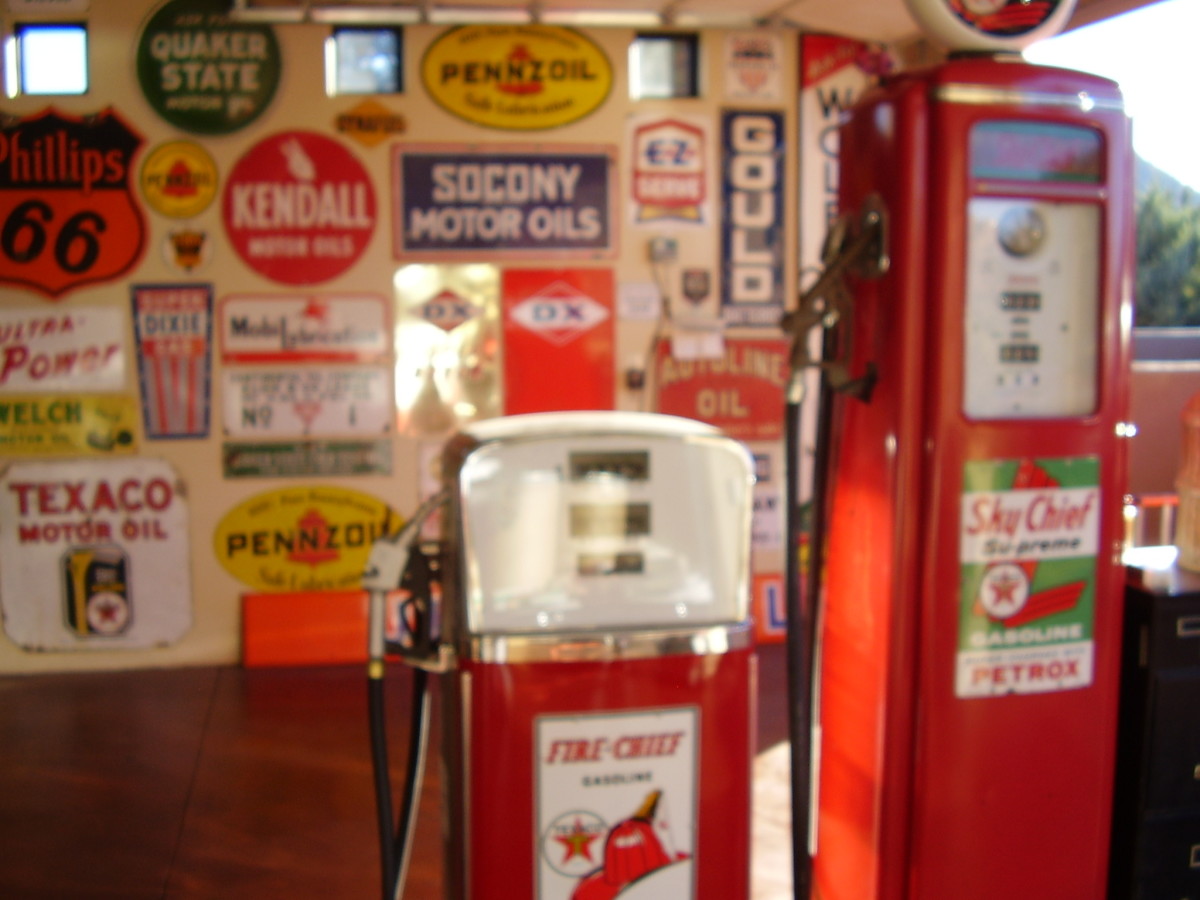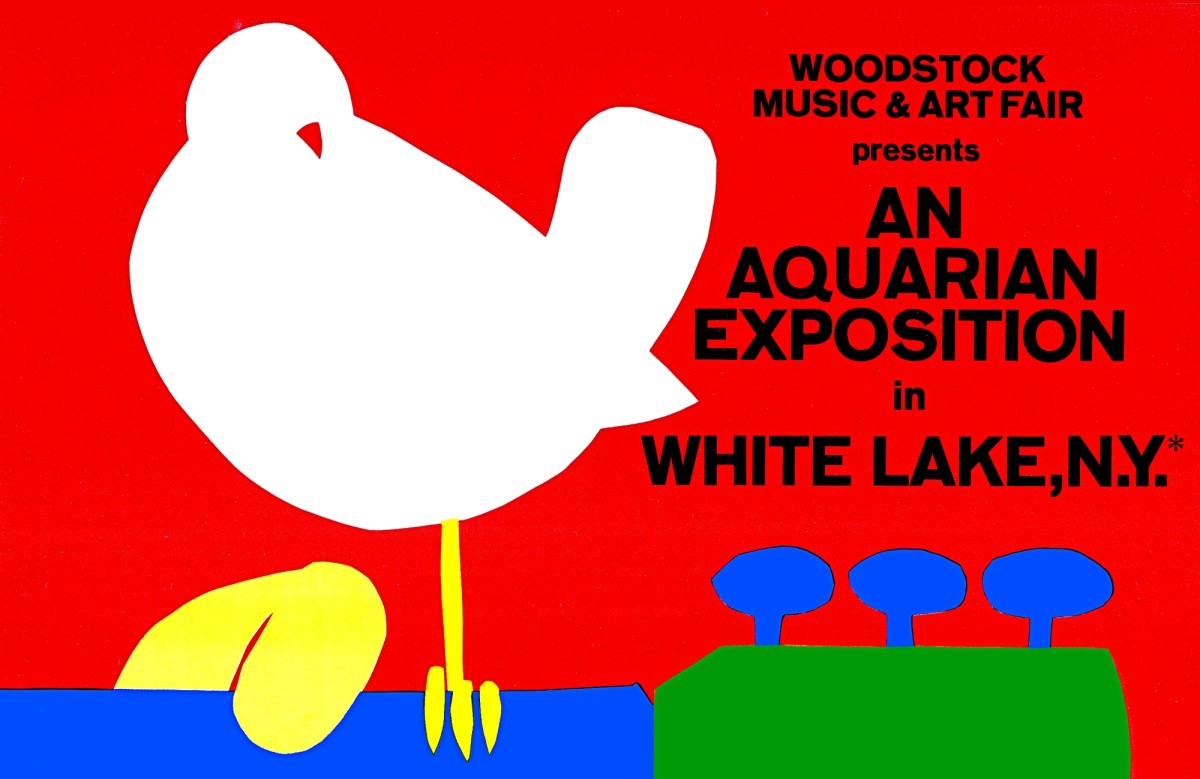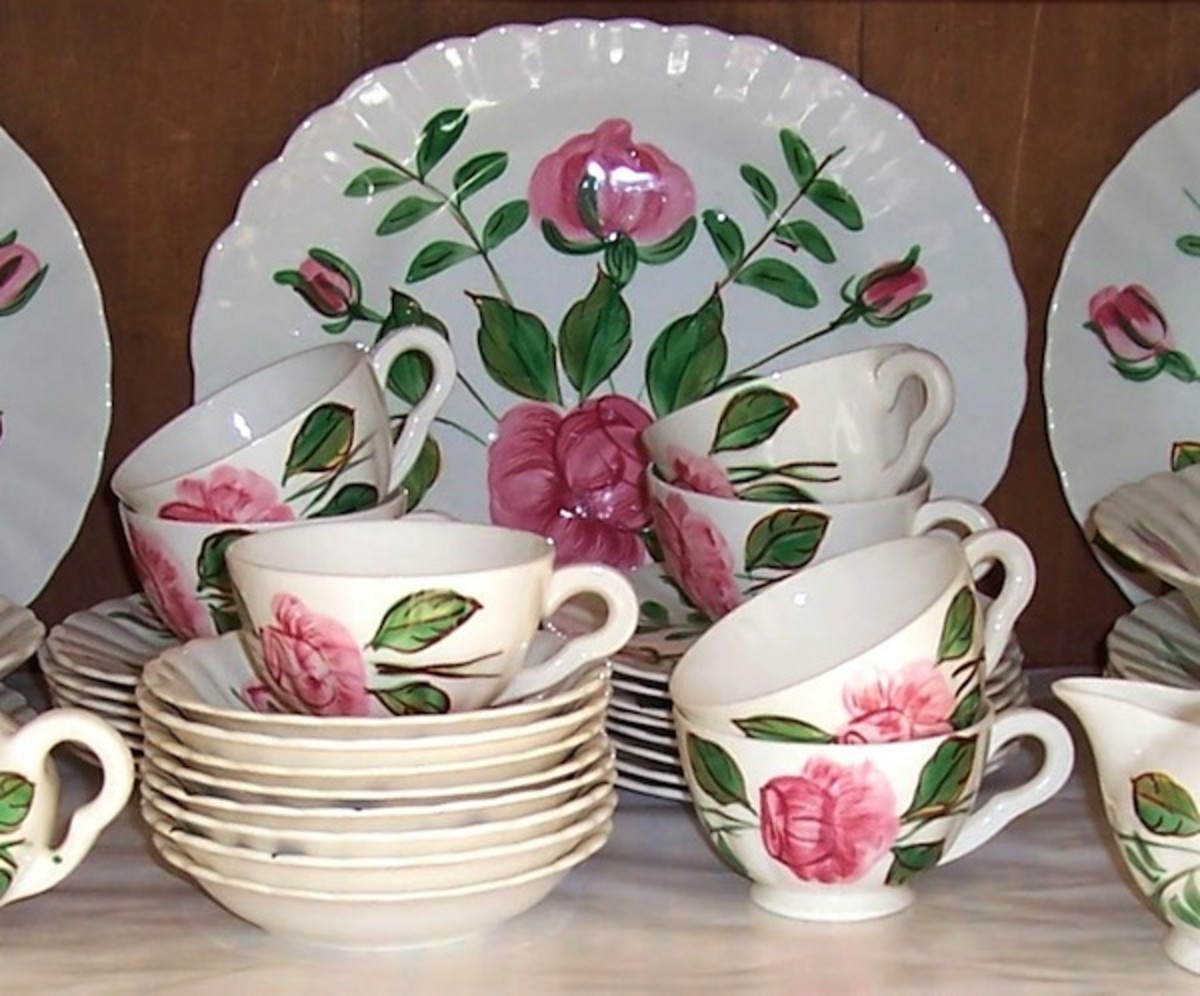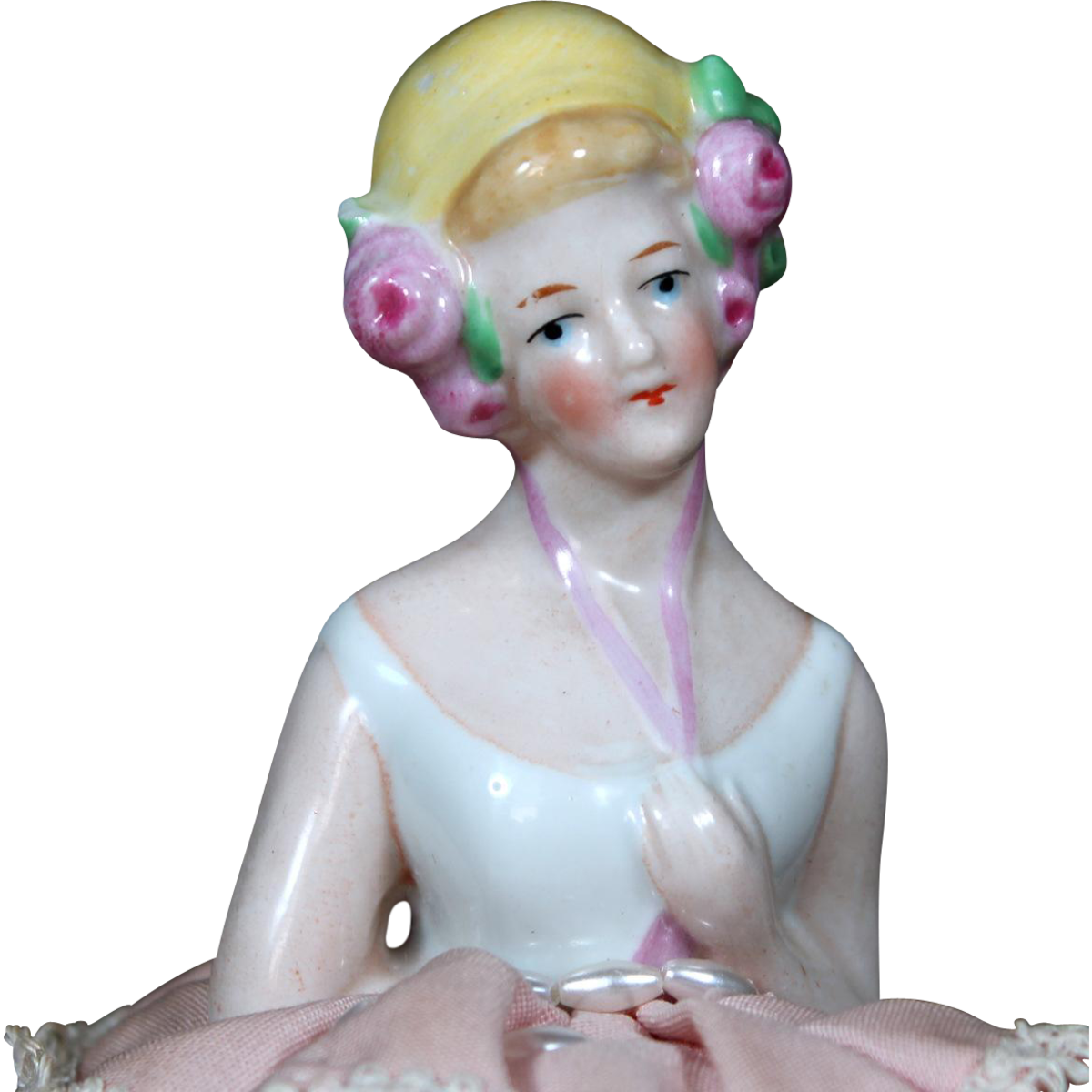Methods and Ideas on Collecting Items of Interest
Introduction.
When starting out at collecting items of interest towards collectors, you must first determine what object of your choice, would be considered as a collectible or a collectors’ item which includes; pursuing, finding, obtaining, cataloging, and organizing your chosen items of interest. A few of the most cost-efficient methods would be collecting stamps, postcards, and coins. There is also a wide range of collectibles to choose from for example, some collectors’ items are old and considered to be antique, others are manufactured items made specifically for people to collect, and objects that are known as ‘curios’ which are small unusual but fascinating items sought after by collectors’. Furthermore, maintaining and storing a collection can prove to be a comforting activity, that fulfills your desire on becoming a collector, which can also have educational benefits! Whereas, some collectors’ have even become experts in their chosen field.
Collecting Stamps.
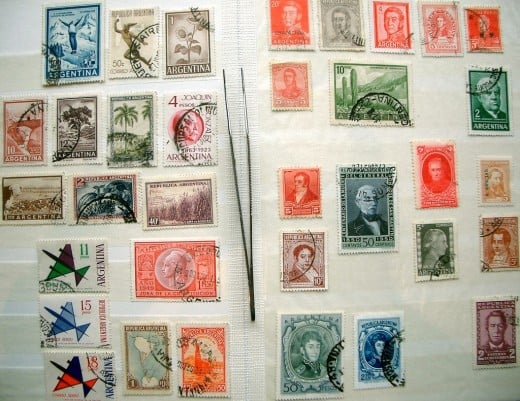
Stamp Collecting.
- Stamp collecting relates to philately; which is the study of stamps. This form of collecting is also one of the world’s most popular hobbies, and has been around since the late nineteenth century. Its popularity derives from the rapid growth within the postal service, where stamp collecting has been known to be portrayed as the perfect hobby for collectors’. This is because of the continuous stream of stamps provided seasonally, and through the uniqueness of stamps provided by different countries.
- The history behind stamp collecting suggests that John Bourke, Receiver General of stamps Dues in Ireland was the first known collector of stamps. In 1774 he compiled a book of the existing printed revenue stamps, that ranged from 6 pounds in value to as little as a half penny, and along with the hand stamped charge marks that were used at the time in question. Today his collection of works is preserved in Dublin.
- Equipment needed to collect stamps: A magnifying glass is used to examine the finer details of stamps, stamp tongs are used to handle stamps safely, and the use of an album which is the appropriate way of storing stamps. Also, the stamps need to be placed onto the pages of the album, the best way to do this without damaging the stamps, is to use hinge-less mounts which are clear chemically thin plastic holders that open to receive stamps, then gummed on the back so that they stick directly to the album page. Furthermore, all this equipment can be purchased at any stamp collecting website.
- Postage stamps are commonly collected for their historical value and for the geographic characteristics or subject matter portrayed on them. Varying from means of transport, horses, birds, leaders, monarchs and presidents. Some collectors even ask their friends and family to keep any postage stamps, instead of throwing them away.
- Elaborate stamps are specifically designed to be purchased by stamp collectors’ which are provided regularly by different countries and can be bought over the world-wide-web. Although, the stamps produced by these countries may go above their postal needs, but they can also present eye-catching interesting designs that many collectors yearn for today.
- Some stamps are also highly valued: One of the most expensive stamps ever, was The Three-Skilling Yellow of Sweden that was sold for CHF 2.88 million (then about $2,300,000) in 1996 and is known to have changed hands again for an undisclosed amount in 2010.
Postcard Collecting.
- When collecting postcards, it is always a good idea to ask your friends and family to send you a postcard from their holiday location or from the place that they are visiting. Also, post cards are made available on a regular seasonal basis, which are collected for their photographic expressions, artistic value, and their unique ability in sending a message that is already printed on the front of the card. A lot of stamp collectors today like to collect and distinguish between postcards that require a stamp and those that have a postage pre-printed on them. Storing postcards is easily achieve by obtaining a postcard album, which can be purchased at any postcard album website.
- Deltiology is the term used for the study and collection of postcards. Whereas, the oldest postcard known was sent in 1840 to the writer Theodore Hook from Fulham in London, England.
- National Postcard Week is a well celebrated annual event, that started in the USA in 1984 and has been celebrated by deltiologists ever since. This event is to promote the usage of postcards, and is held on the first week of May. Whereas, since 1985 special celebratory post cards have been printed for Postcard Week by different organizations and postcard clubs.
Postcard Albums.
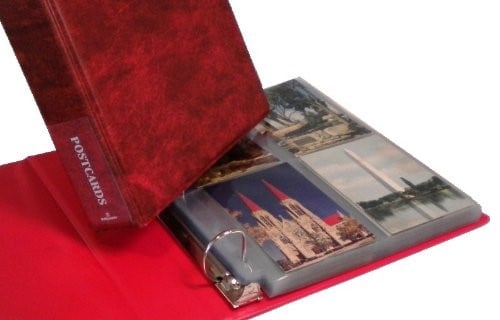
Coin Collecting.
- A coin collection can easily be established by saving noteworthy coins. These can be old coins found in pocket change that are still in circulation or coins saved from an international trip. Also, through time collectors or hobbyists find themselves trading for coins in coin clubs and purchasing coins from dealers or mints. Whereas, a coin’s grade is determined by its overall condition, which is paramount regarding its value. Furthermore, for a small fee, third party certification services like PCGS or NGC will grade most coins.
- Storing coins can be achieved by using coin holders, coin capsules or pocket-sized coin wallets. These can be found on any coin collection storage website. Tip, it is always considered best practice to store and preserve coins from erosion.
- A mint is an industrial provision which manufactures coins that are used in every day currency. Though some manufactures mint specific coins that are only for collectors. Whereas, these coins would still hold a significant value at their regional bank.
- Some Coins are very highly valued: The Eliasberg 1913 Liberty Head Nickel Sold for Record $5 Million to an unnamed Southern California collector on April 25, 2007. This coin was also graded by a provisional coin grading service.
Provisionally Graded Coins.
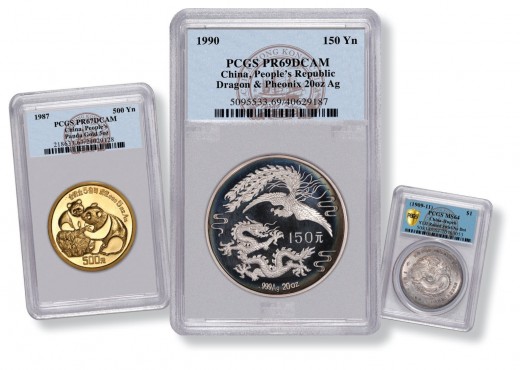
The Value of Collected Items.
- Collectibles only have a value in what is known as the secondary market. For example, after purchasing a collectible item, its retail price no longer applies, and its object value is whatever the buyer is willing to pay. Also, there may be no secondary market for some items that are difficult to sell. Whereas, it is always advisable to use a price guide, which is normally a book or website that lists typical selling prices for collectors’ items.
The Worldwide Wed.
- With today’s World wide web, collectors’ have an abundance of resources to choose from. For example, personal websites allow collectors to present their own personal collection, or shopping websites that display their collectibles for them, there are also many Internet trading platforms, where you can trade for collectible items or antiques. Furthermore, the internet also provides collectors with the opportunity in joining collector’s clubs, autograph clubs, collector’s forums and collector’s mailing lists.
Antiques.
- An antique is a collectible or a collector’s item, which represents an era or period in society. It is also common practice to define “antique” as referring to objects that are at least 100 years old. Also, antiques that are considered as collectibles include; furniture or a notable work of art, still in its original condition. Whereas, a lot of these treasures can be purchased at antique shops, estate sales, auction houses, and online auctions.
- Antiquing is the term used for shopping, identifying, negotiating, or bargaining for antiques. Furthermore, most antique dealers associate themselves with a national trade association like CINOA, a confederation of art and antique associations, which represents 5,000 antique dealers throughout 21 countries.
Delaware Antique Show 2017
© 2017 George Gormley

